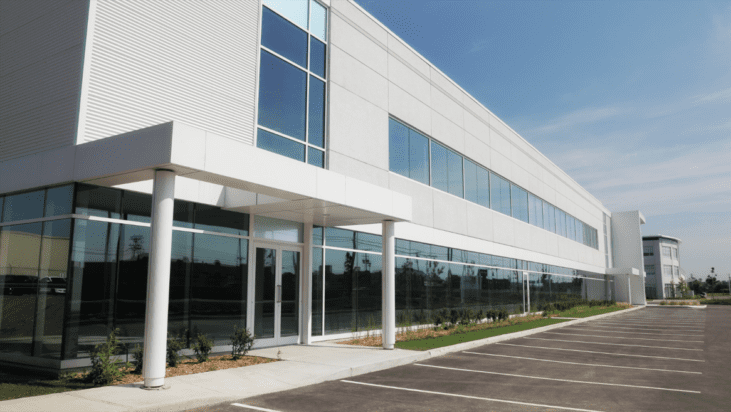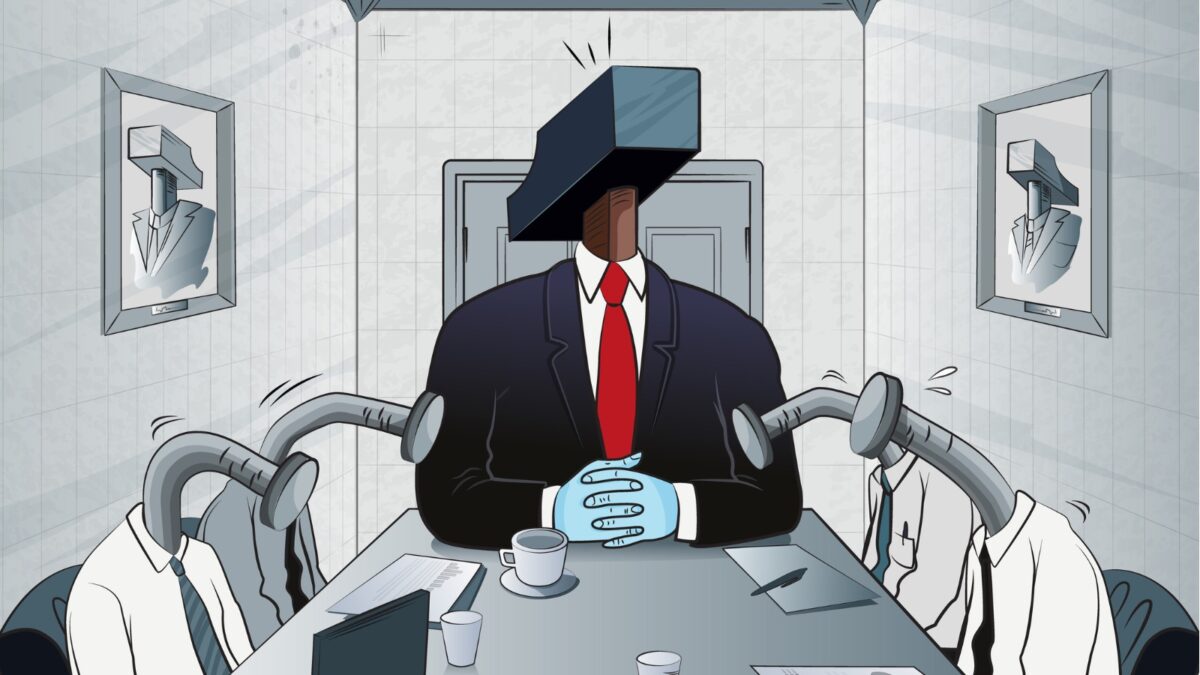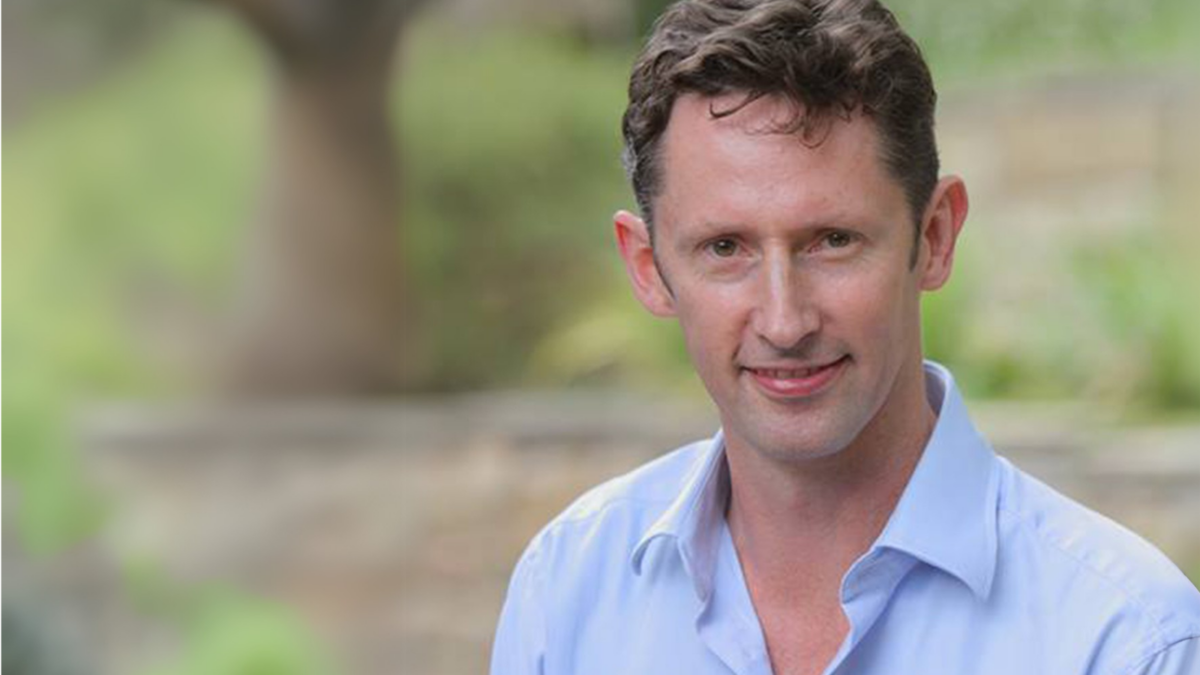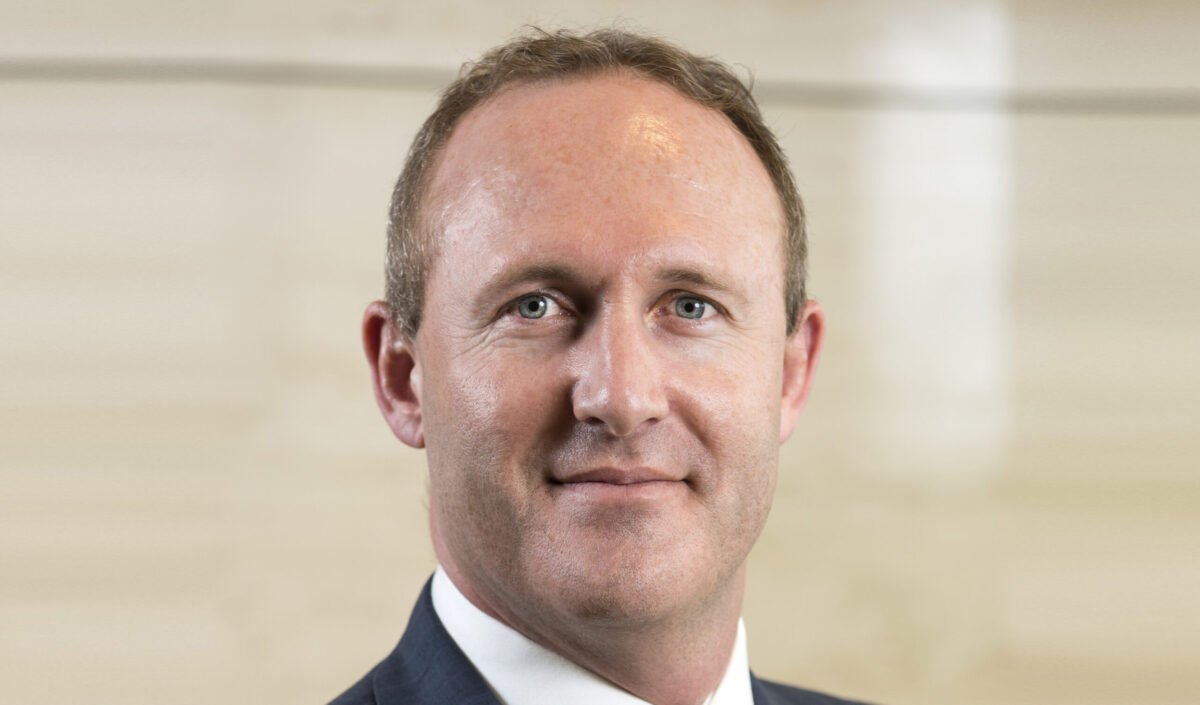Healthcare property sector poised for a ‘second wind’ of growth
While the benefits of the healthcare property sector are not unknown to investors, a confluence of factors are combining to pitch the asset class as one of the most promising mid-term alternatives in the market.
These factors were highlighted in a recent whitepaper published by Barwon Investments, The Outlook for Healthcare Property, which made the case that healthcare property has a number of positioning advantages over comparable sectors, including robust government expenditure, a growing and ageing population, technological advances and inflationary construction costs to fuel resilient rent prices.
“The sector is posed to experience a ‘second wind’ of investor demand,” the alternative investment manager put forward, adding that “underlying sector fundamentals combined with macro-economic tailwinds will see continual and increased demand for healthcare property in Australia over the medium term”.
The healthcare property sector can essentially be divided into four type of facilities: primary (first point-of-contact), secondary (specialist treatment), tertiary (hospitals focusing on specialties) and ancillary facilities (laboratories etc).
By investing in healthcare property, specialist teams like Barwon can offer investors the best of both worlds; that is, stable income plus the potential for capital growth. In Australia, spending in the healthcare property sector has been relatively subdued compared to other regions, but that has started to change in recent years. Moreover, in the wake of the pandemic and the subsequent move to working from home there is a broad shift away from traditional property sectors like office and retail and towards alternatives like healthcare.
But it’s the idiosyncratic characteristics of the property healthcare that make it so attractive, the paper explains, with strong government healthcare expenditure front and centre.
“Healthcare property benefits from the non-discretionary nature of healthcare expenditure,” Barwon states. “Its defensive nature is driven by the strong public underwrite of health funding provided by Federal and State governments in Australia, [and] not necessarily the economy.”
Medicare has been a big part of this strong public system, and will remain at the spine of the Australian healthcare system as the primary vehicle to subsidise health treatment. Over the last 5 years healthcare expenditure has increased 6 per cent (3.8 per cent real growth), and Treasury predicts that expenditure will increase from $4,000 per person in real terms to $9,000 over the next 40 years.
Underscoring this increased expenditure is Australia’s growing and ageing population, with the median age forecast to increase by 4.6 years and the number of Australians over the age of 65 expected to double in the next 40 years.
“This demographic shift will exert pressure on healthcare services, particularly in areas such as aged care, chronic disease management and palliative care,” Barwon states. “The demand for long-term care facilities, home-based care services and specialised geriatric care will surge, necessitating innovative approaches and increased investment.”
Also fueling the sector’s “second wind” will be technological advances, which the government is supporting in a number of ways including promoting telehealth to increase practice efficiency. “This is expected to result in further specialisation of healthcare property, serving to increase the ‘stickiness’ of an already sticky tenant base,” Barwon adds.
A final factor the Barwon team identifies is the importance of ever-increasing construction costs, which will prop up rental prices and provide a layer of security for income. “Ultimately, existing healthcare portfolios which are valued at a discount to their replacement cost are expected to drive rental growth that outstrips inflation forecasts,” Barwon states.











